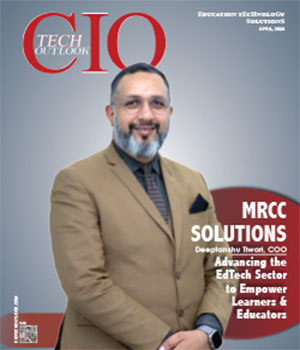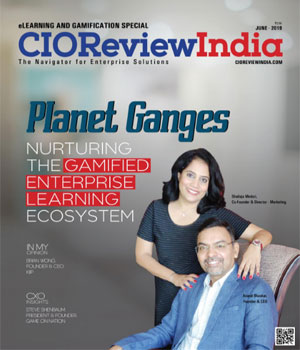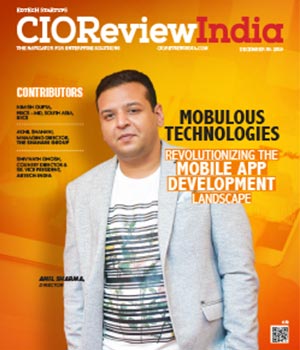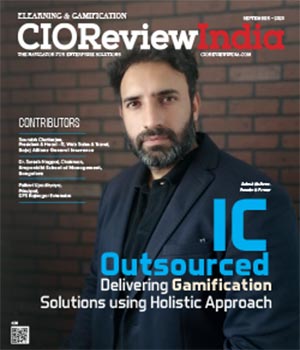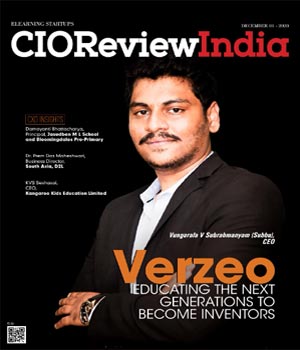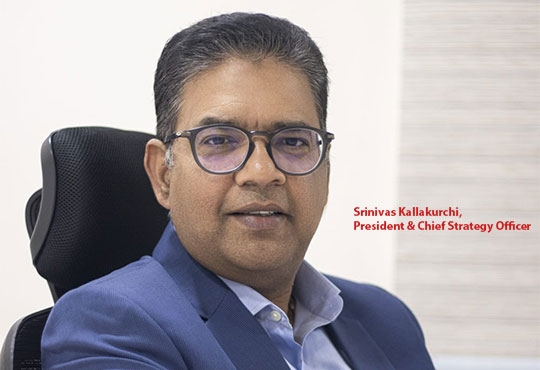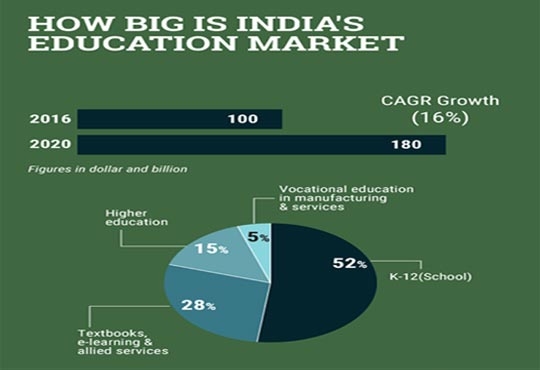
Microservices-Enabling Faster and Agile Development of an E-Commerce Platform
Abhishek Dwivedi, Director - India Technology, Vistaprint | Thursday, 23 March 2017, 10:58 IST
 Technology plays a pivotal role today on how we deliver to our business objectives. The choice of technology can determine how business will scale and disrupt the market over a period of time. One of the most modern paradigms of supporting new technology evolution has been Microservices.
Technology plays a pivotal role today on how we deliver to our business objectives. The choice of technology can determine how business will scale and disrupt the market over a period of time. One of the most modern paradigms of supporting new technology evolution has been Microservices.
What is a Microservice?
Microservices are small service units taking over individual tasks in an overall process. The communication between these microprograms is realized via standardized programming interfaces (APIs).
What Advantages does it offer?
One of the key drivers to deploy or shift to microservices paradigm is faster time to market. Overall process is accelerated by a faster integration of functions, for example a new checkout area. Also, the time to go live with these functions is reduced. This agile architecture allows you to always keep up with current trends and take advantage of market opportunities as they arise - without months of waiting for the appropriate development. Small teams working autonomously on individual microservices set the course for expert and precise work, since they specialize in a certain service.
E-Commerce and Microservices
Online as a selling medium has become a de-facto model of operation. The digital disruption has taken the world by storm. User is more networked and connected than ever, but if you glean through various stacks that are available for implementations, they still have a full stack based approach that provides you a bundled e-commerce stack for implementing end to end. Shift to microservices paradigm has been more of an intrinsic approach than extrinsic to expose the data behind our connected used that drives high degree of personalization and multitude of device independent connections. For us to have ability to really disrupt the market and use technology as differentiator, it does become pertinent to see the e-commerce stack as Lego blocks that break down monolithic assemblies.
E-Commerce software (aka Shopping Cart Software), whether you bought one off-the shelf (such as Magento, Hybris, ATG, InterShop) or developed in-house as a Monolith is one huge software package that lets you build and run landing pages, catalog, shopping cart, checkout, payment and back-office operations. Microservices allows creating separation of concerns using functional boundary paradigm and allows independence on how a product is defined, rendered and a checkout is processed.
Customer journey is very important in e-commerce and achieving a high degree of customization is a data driven science coupled with ability to drive that data context to a UX model allows for the visualization to be dynamic and bespoke. In a nutshell, Lego approach allows you create shopping experiences across channels with focus on feature development driven by agility.
Where Does the Journey begin?
There is no perfect to begin a journey in life. I think so this is the most complex multi-variate equation to solve but some pointers to that effect would be as follows
• Create a new beginning
– Stop Adding
– Create standalone services for new functionality
• Start separating front-end from application logic to back-end
– API First mindset
• Start prioritizing development for breaking into services
– Break down the block that would maximize return. Check for data connectivity as a clue
How to power the journey?
At the end of the day if one has to be great at building software but then following things must always be kept in mind. The first point is technology wherein building technology for business is most important. Second element is people where hiring smart and talented people across various domains is crucial. Followed by product wherein providing products as business enablers is the key element. Then data where creating visibility of insights for remaining competitive is the principal component and lastly Go-To-Market where disrupting Go-To-Market strategies play the key role.
One needs to build technology by hiring domain agnostic talented people who can build products to enable business through data and power disruptive go-to-markets. Comparison to monolith and the journey to microservices is just a paradigm shift depending on what we are trying to achieve and whether or not we have spine to carry that shift. It is not necessary to make a change if you can follow good programming practices and still remain monolithic in nature. Understanding why and how one would want to move to microservices is very important. Realizing and mapping what intrinsic and extrinsic value addition it will do over a period of time is the necessary business bridge to achieve synergy with current business objectives.
CIO Viewpoint
Cloud Enabled Edtech Spaces Enriching Learning...
By CIOTechOutlook Team
Challenges and Issues of Online classes
By R. Chandran, Chief Information Officer, Bahwan Cybertek
Educational Technology, Digital Learning In The...
By Swati Sankhye, Chief Information Officer, MIT World Peace University
CXO Insights
Optimon: Smart Manufacturing Solutions...
By Srinivas Kallakurchi, President & Chief Strategy Officer
Education Should Be A Want And Not A Need
By Dr. Prem Das Maheshwari, Business Director, South Asia, D2L
Current Industry Trends In Education


